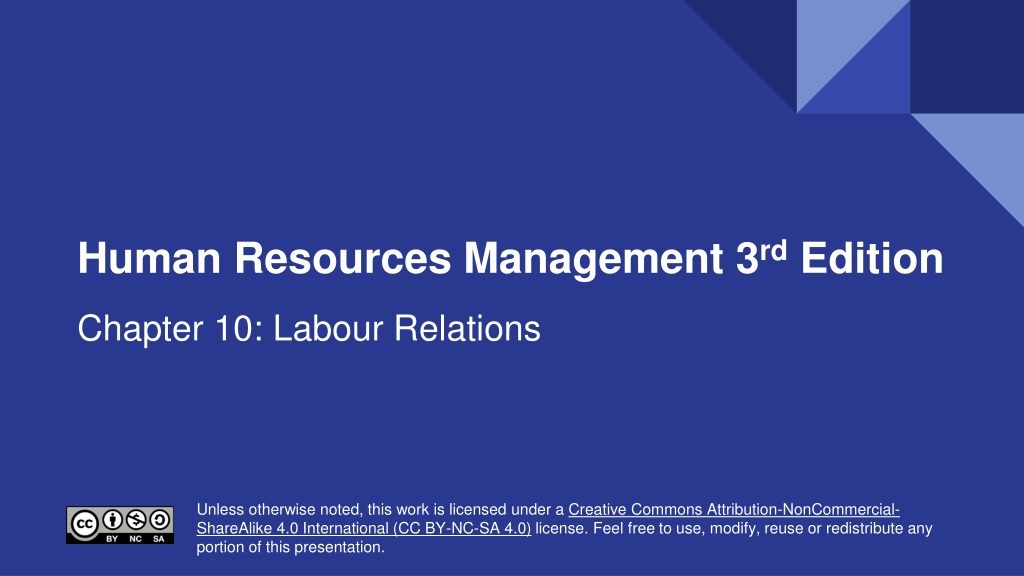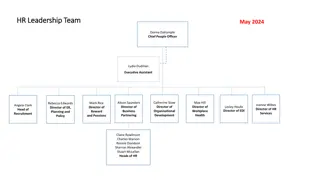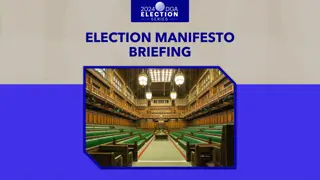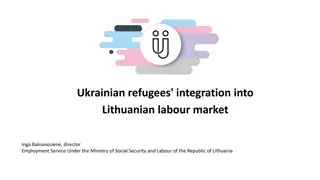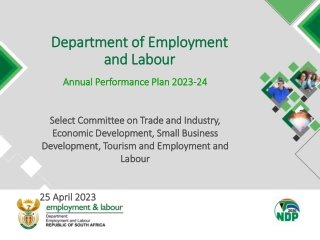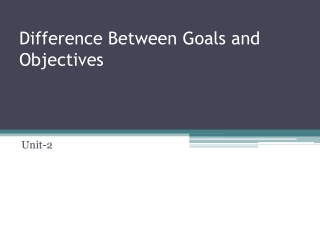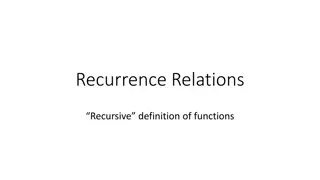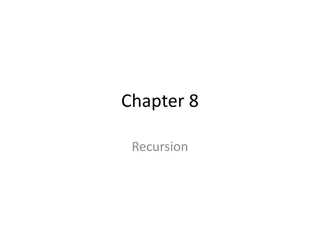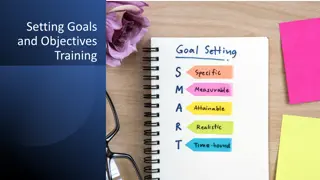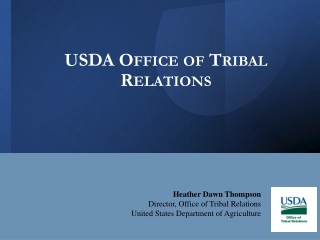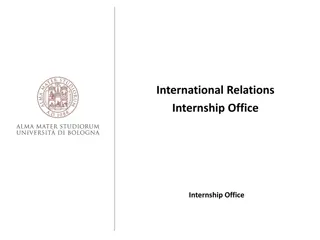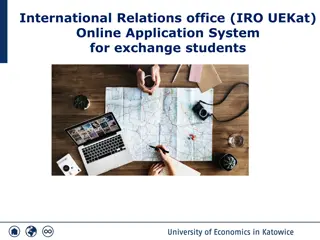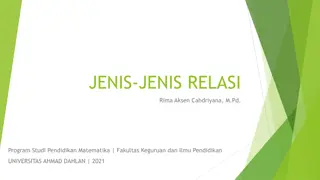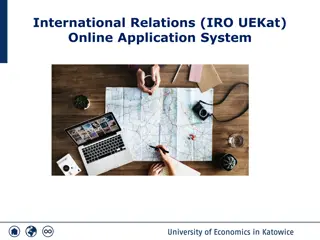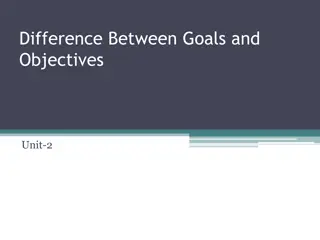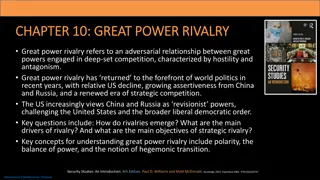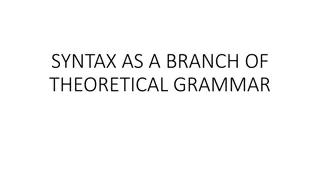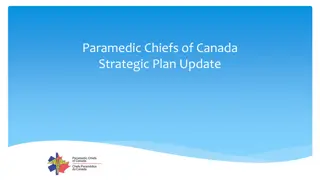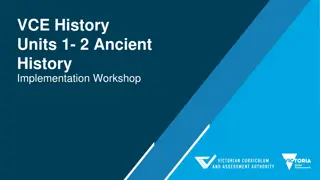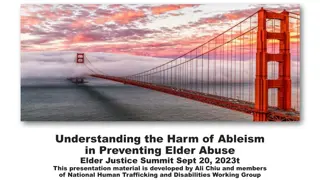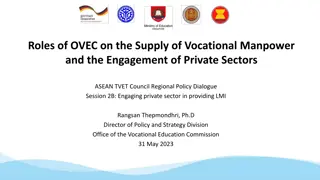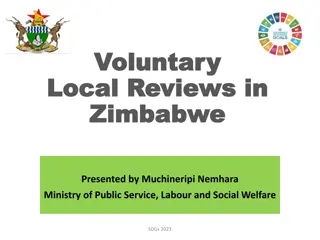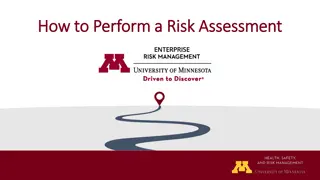Understanding Labour Relations: History, Unionization, and Objectives
Explore the historical development of labour unions, reasons for changes in union membership, the process of unionization, collective bargaining, grievance management, and the role of HR in working with unions. Uncover the impact of unions on wages, benefits, job security, and working conditions, as well as the structures and objectives of unions in the workplace.
Download Presentation
Please find below an Image/Link to download the presentation.
The content on the website is provided AS IS for your information and personal use only. It may not be sold, licensed, or shared on other websites without obtaining consent from the author. Download presentation by click this link. If you encounter any issues during the download, it is possible that the publisher has removed the file from their server.
Presentation Transcript
Human Resources Management 3rdEdition Chapter 10: Labour Relations Creative Commons Attribution-NonCommercial-ShareAlike 4.0 International (CC BY-NC-SA 4.0) Creative Commons Attribution-NonCommercial-ShareAlike 4.0 International (CC BY-NC-SA 4.0) Unless otherwise noted, this work is licensed under a Creative Commons Attribution-NonCommercial- ShareAlike 4.0 International (CC BY-NC-SA 4.0) license. Feel free to use, modify, reuse or redistribute any portion of this presentation.
Learning Outcomes 1. 2. Discuss the history of labour unions. Explain reasons for a decline in union membership over the past four decades. Explain the process of unionization and laws that relate to unionization. Describe the process of collective bargaining. Explain the types of bargaining issues and the rights of management. Discuss how to manage the grievance process. Explain HR role working with unions. 3. 4. 5. 6. 7.
10.1 Definition and History Of Unions A labour union or union, can be defined as employees banding together to meet common goals, such as better pay, benefits, or promotion rules. It has a legal obligation to the employees to: represent them, negotiate on their behalf with management and monitor the collective agreement. Labour Day celebrates the right to fair wages, safe working conditions and injury compensation, and equitable labour relations. Craft unions first arose in Canada in the 1820s The first union action in Canada occurred when the Toronto Typographical Union went out on strike in 1872 The rapid industrialization associated with the first World War led to a rapid growth of the labour movement in the country. The post-war era saw union membership soar to four million members in the 1990 s.
10.2 Reasons For Unionization Employees join unions to be represented by a large entity to increase wages, benefits, to establish a seniority list, job security and have a mechanism in place for grievances against the company/management. When employees are making decisions whether to join a union or not, they generally take into consideration a variety of factors Unions impact wages and increases in wages, and retirement pensions. They can affect how companies hire employees, and how many employees (more or less employees). Unionized has dropped mostly because of the shift from manufacturing to the service sector. While there was a decline among men in unionization, there was an increase for women.
10.3 Union Objectives and Structures Unions change the face of the work place, the relationships between management and employees, and the role of HR departments. The unions role is sometimes called business unionism which means to improve working conditions for unions, protect the employee s interests, improve wages and benefits, and improve working conditions. Politics and economics play a factor in this type of union called social unionism or reform unionism Unions have a pyramidal structure much like that of large corporations (i.e. locals and stewards). This Photo by Cornell University Library is licensed under CC BY-ND
10.4 Legislation And Unions Legislation and Unionization The path to unionization and the process of maintaining a union is heavily regulated. To ensure the labour relations between management and unions is enforced, labour boards are created at federal and provincial levels to administer the legislation. When organized as a group, employees gain some power and can start leveraging that power to negotiate with their employer. The government in Canada sets the framework for unions and management through laws and role as an employer Core elements of labour law include: Right to join a union Must bargain in good faith No strikes or lockouts during the time of the collective agreement: No unfair labour practices Conciliation
10.5 Collective Bargaining Process Collective bargaining is the process of negotiations between the company and representatives of the union. Unions are created only when employees want to create them. Once an organizing drive has begun, management s responses are limited. 3 Ways to be recognized as a union: Voluntary recognition, regular certification, and prehearing votes: In a collective bargaining process, both parties are legally bound to bargain in good faith. This means they have a mutual obligation to participate actively in the deliberations and indicate a desire to find a basis for agreement.
Step 1. Preparation of both parties. Step 5. Details settled, contract written and voted on by members Step 2. Parties agree on the timelines and ground rules 10.5. Steps in Collective Bargaining Step 4. Proposals discussed and new meetings take place Step 3. Each party presents initial proposals face-to- face
10.5 Bargaining Impasse and Pressure Tactics When the two parties are unable to reach consensus on the collective bargaining agreement, this is called a bargaining impasse. Pressure tactics are allowed by the law but they must respect certain parameters. Unions have several options at their disposal to pressure company management into accepting the terms and conditions. The tactics available to the union include striking, picketing, and boycotting. One tactic available to management is the lockout This Photo from Flickr by Matt Hamilton is licensed under CC BY
10.6 The Collective Bargaining Agreement The grievance procedure outlines the process by which perceived contract violations can be handled A violation of the contract terms or perception of violation normally results in a grievance which is a formal procedure when the union and management disagree on the interpretation of the collective agreement A mediator may be called in, who acts as an impartial third party and tries to resolve the issue. An arbitrator is an impartial third party who is selected by both parties and who ultimately makes a binding decision in the situation.
10.7 The Future of Unions The labour movement is currently experiencing several challenges, including a decrease in union membership, globalization, and employers focus on maintaining non-union status. To fully understand unions, it is important to recognize the global aspect of unions. Globalization is also a challenge in labour organizations today. Companies are on a quest to maintain a union-free work environment. In doing so, they try to provide higher wages and benefits so workers do not feel compelled to join a union. Companies that want to stay union free constantly monitor their retention strategies and policies.
10.8 Human Resources In Union Workplaces Unions and HR departments need to work together. The HR department takes on the responsibility of bridging the gap between opposing parties during negotiations. Communication is critical to labour relations. HR can help union and management to find common goals This Photo by Niskanen Center is licensed under CC BY
Summary Discuss the history of labour unions. Explain reasons for a decline in union membership over the past four decades. Explain the process of unionization and laws that relate to unionization. Describe the process of collective bargaining. Explain the types of bargaining issues and the rights of management. Discuss how to manage the grievance process. Explain HR role working with unions.
End Chapter Review 1. Discuss the most important reasons why employees want to unionize? Brainstorm in large group. 2. Research online United States unions. What are the major differences between unions in the United States versus Canada? Individual research. Share with a partner. 3. What are the differences between craft unions and trade unions? Share with a partner. 4. Research the role of a Union Steward. Individual. What are the primary responsibilities of a Union Steward? List them and share with a partner. 5. Why did unions decide to join together to create international associations? Share with a partner.
End Chapter Review 6. Review the Fortune 500 Focus related to Walmart. Do you believe this story has impacted other union campaigns? How? Share with a partner. 7. As an individual, do you support unions? What do you think your support/lack of support for unions is influenced by? Would you work for a unionized company? Why? What not? Discuss in a small group. 8. Part time workers appear to have difficulty unionizing? What do you think the reasons for this is? Share with a partner. 9. Statistics suggest that unionizing for men has been declining over the years. Complete some research, individually. Discuss your research with a partner. 10.There has been a shift to social unionism with unions. What do you think the reasons are for this shift? Discuss in a small group.
End Chapter Review 11.As the HR Manager of a company, you have an employee come to and shares they have been approached by another employee about a union campaign that was started. The employee is anti-union, and does not want to join a union. What do you do with this information? Share in a small group. 12.You, as the HR Manager, have been asked by the President of the company to lead the first negotiations with the union employees. What information do you need to gather? Who do you need to involve? Share in a small group. 13.You, as the HR Manager, have been asked to provide information for the union-management team related to new employee demands for the upcoming union negotiations. The employees want more money, better health benefits, more vacation, and a change to job classifications. What type of data can you provide to the union-management team? Share in a small group.
